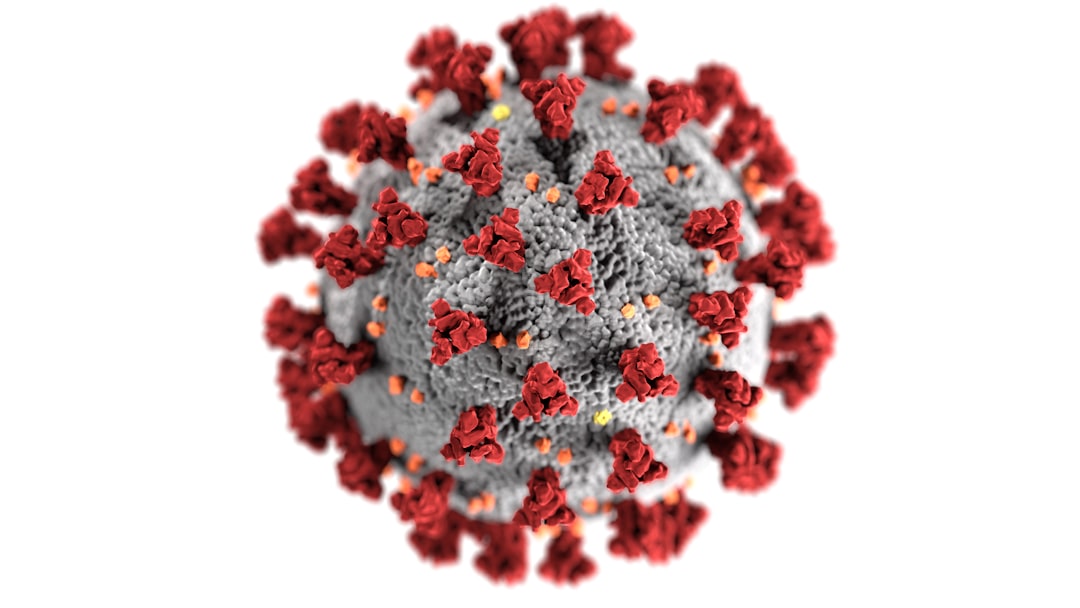What is it about?
Fructoselysine and glucoselysine are Maillard reaction products that are formed from the reaction of sugars (glucose and fructose) with the amino acid lysine. We show here that Salmonella can use fructoselysine and glucoselysine as carbon and nitrogen sources in supporting growth of the bacterium.
Featured Image
Why is it important?
The enzymes and pathways that Salmonella uses for transport and metabolism of fructoselysine and glucoselysine are potential targets for new antimicrobial compounds that could be used to reduce Salmonella loads in food animals. Analogs of these compounds could be made that are transported and metabolized by Salmonella to form compounds that are toxic to the bacterium.
Perspectives
I enjoyed working on this project since is uncovered a new metabolic pathway in a bacterium whose physiology has been extensively studied. The results of our studies have shown that the metabolic potential of Salmonella is much broader than we had appreciated previously.
Timothy Hoover
University of Georgia
Read the Original
This page is a summary of: A Mannose Family Phosphotransferase System Permease and Associated Enzymes Are Required for Utilization of Fructoselysine and Glucoselysine in Salmonella enterica Serovar Typhimurium, Journal of Bacteriology, June 2015, ASM Journals,
DOI: 10.1128/jb.00339-15.
You can read the full text:
Contributors
The following have contributed to this page










